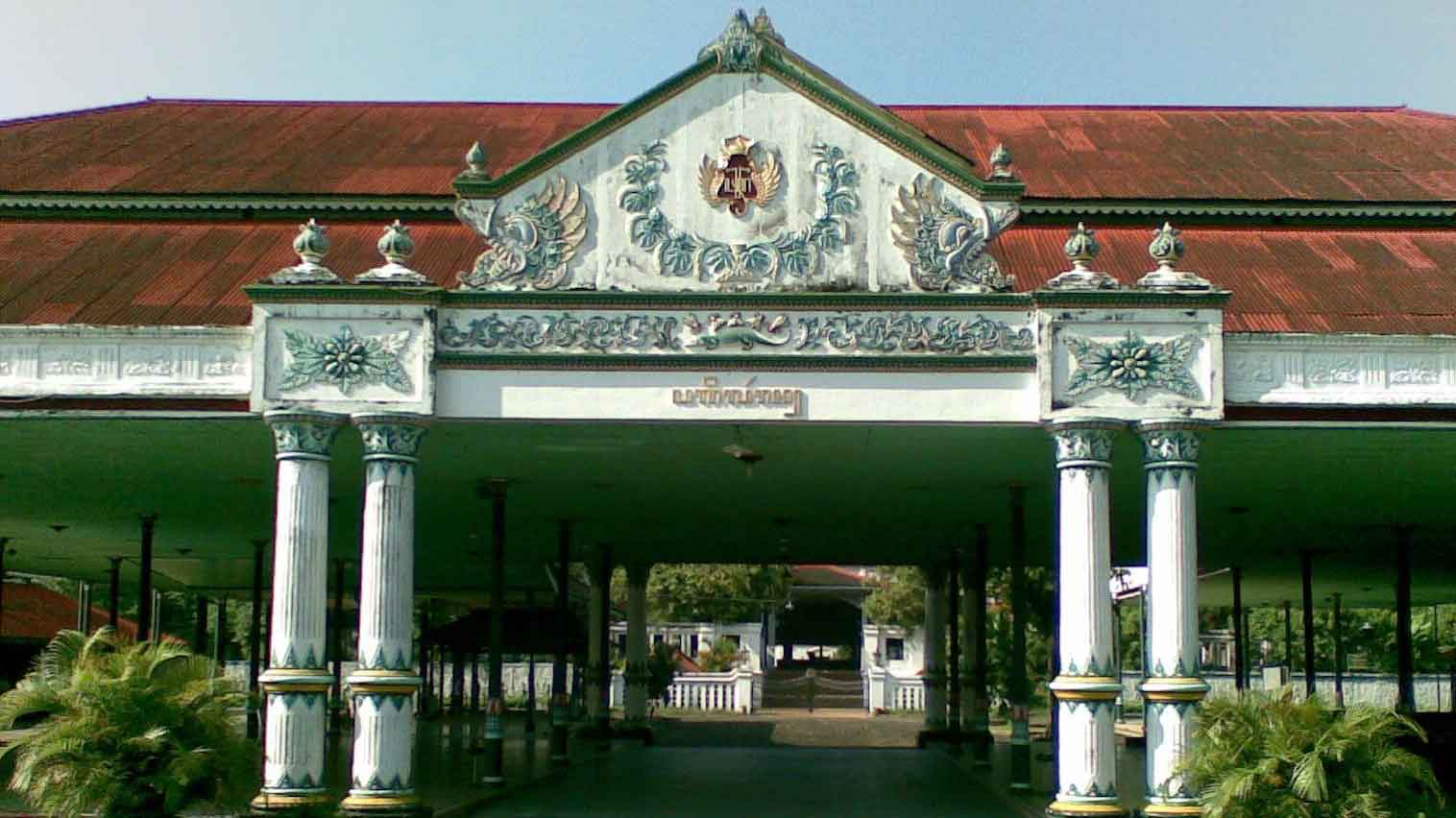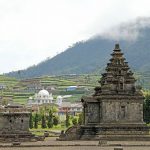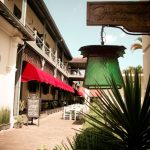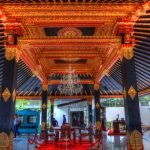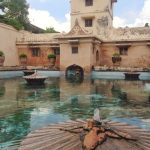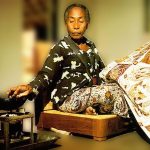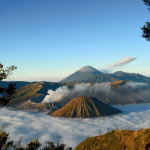The cultural and political heart of this fascinating city is the huge palace of the sultans of Yogya, the kraton.
Effectively a walled city, this unique compound is home to around 25,000 people, and has its own market, shops, batik and silver cottage industries, schools and mosques. Around 1000 of its residents are employed by the sultan. Alas, the treasures here are poorly displayed, so don’t expect much information to put the palace, its buildings or contents in context.
The innermost group of buildings, where the current sultan still resides, was built between 1755 and 1756. European-style touches to the interior were added in the 1920s. Structurally this is one of the finest examples of Javanese palace architecture, providing a series of luxurious halls and spacious courtyards and pavilions. An appreciation of history runs deep in Yogya, and the palace is attended by dignified elderly retainers who wear traditional Javanese dress.
The centre of the kraton is the reception hall, the Bangsal Kencana (Golden Pavilion), with its marble floor, intricately decorated roof, Dutch-style stained-glass windows and great columns of carved teak.
A large part of the kraton is used as a museum and holds an extensive collection, including gifts from European monarchs, gilt copies of the sacred pusaka (heirlooms of the royal family) and gamelan instruments. One of the most interesting rooms contains the royal family tree, old photographs of grand mass weddings and portraits of the former sultans of Yogya.
A modern memorial building within the kraton is dedicated to the beloved Sultan Hamengkubuwono IX, with photographs and personal effects.
Other points of interest within the kraton include the male and female entrances, indicated by giant-sized ‘he’ and ‘she’ dragons (although the dragons look very similar).
Outside the kraton, in the centre of the northern square, there are two sacred waringin (banyan trees), where, in the days of feudal Java, white-robed petitioners would patiently sit hoping to catch the eye of the king. In the alun-alun kidul (southern square), two similar banyan trees are said to bring great fortune if you can walk between them without mishap blindfolded; on Friday and Saturday nights you can see the youth of Yogya attempting the feat to a chorus of laughter from friends.
There are performances in the kraton’s inner pavilion that are included in your entrance ticket. There’s gamelan on Monday and Tuesday (10am-noon), wayang golek (puppetry) on Wednesday and Saturday (9am-noon), Javanese poetry readings on Friday (10am to 11:30am), and classical dance on Thursday (10am to noon) and Sunday (11am to noon).
The kraton’s entrance is on the northwestern side. It’s closed on national holidays and for special ceremonies.

